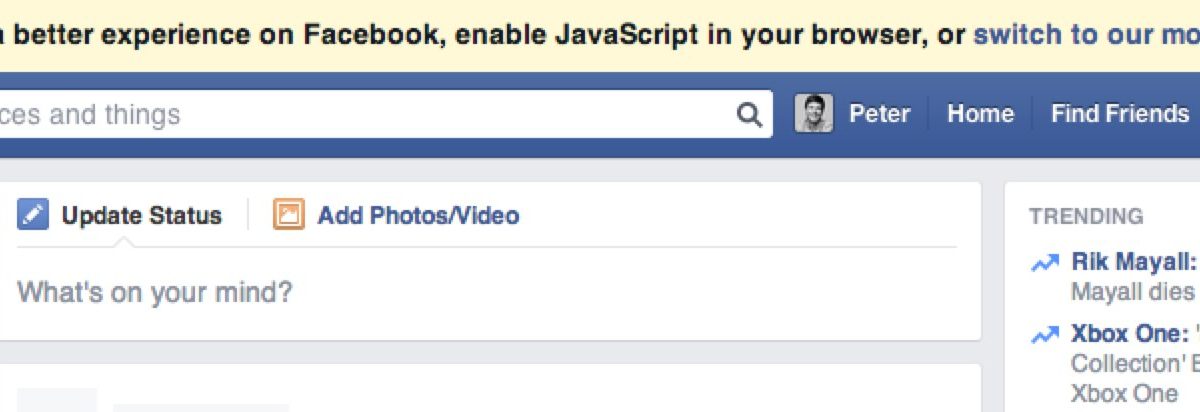Reading my WordPress feeds this-morning, it appears a war of words broke out overnight between Matt Mullenweg (the lead developer of WordPress) and Chris Pearson, the developer of the Thesis theme.
In brief, Mullenweg believes that, because WordPress is released under the GPLv2 license, all themes and plugins developed for WordPress must also be released under the same license. Pearson disagrees.
This situation has never affected us directly at Soupgiant so we haven’t needed to, and this is important, ask our lawyer if my interpretation is correct. This is a layman’s opinion and should be treated as such.
The battle comes down to these clauses in the GPLv2 license:
You must cause any work that you distribute or publish, that in whole or in part contains or is derived from the Program or any part thereof, to be licensed as a whole at no charge to all third parties under the terms of this License.
If identifiable sections of that work are not derived from the Program, and can be reasonably considered independent and separate works in themselves, then this License, and its terms, do not apply to those sections when you distribute them as separate works.
–source GPLv2 license
Due to the second clause quoted above, I believe that Mullenweg is wrong. WordPress themes can operate on other blogging platforms with minimal changes. This has been done before with the Sandbox theme for WordPress which was successfully ported to Movable Type.
WordPress themes output HTML with a series of calls to the blogging platform. To output the post’s title and contents in our base theme, we use the code:
<h2 class="entry-title"><?php the_title() ?></h2>
<div class="entry-content">
<?php the_content("Continue reading " . the_title('', '', false)); ?>
</div>
To output the same HTML in a Movable Type theme, we would output:
<h2 class="entry-title"><$mt:EntryTitle$></h2>
<div class="entry-content">
<$mt:EntryBody$> <$mt:EntryMore$>
</div>
In terms of a page’s output, the above code is a minor part of the page. The theme’s template is mostly made up of HTML and CSS, HTML and CSS operate in the browser and not in the blogging platform. It’s for that reason that I believe that Pearson is correct in this case.
I acknowledge that WordPress hooks may complicate the matter but these hooks output such a minor part of a theme’s HTML, that I consider the theme uses the platform but isn’t derived from the platform. I’ve left plugins out of this discussion as these are a more complicated matter: they can output HTML or they can build on the platform.
The above said, were I to release a WordPress theme I would probably release it under the GPL as a hat tip and thank you to the community that has assisted me so much. However, if the theme was as complicated as the Thesis theme, I may feel differently about the matter when it’s crunch time.
Again, this is a layman’s opinion and should be treated as such. If you have a layman’s opinion too, we’d love to hear it in the comments.
